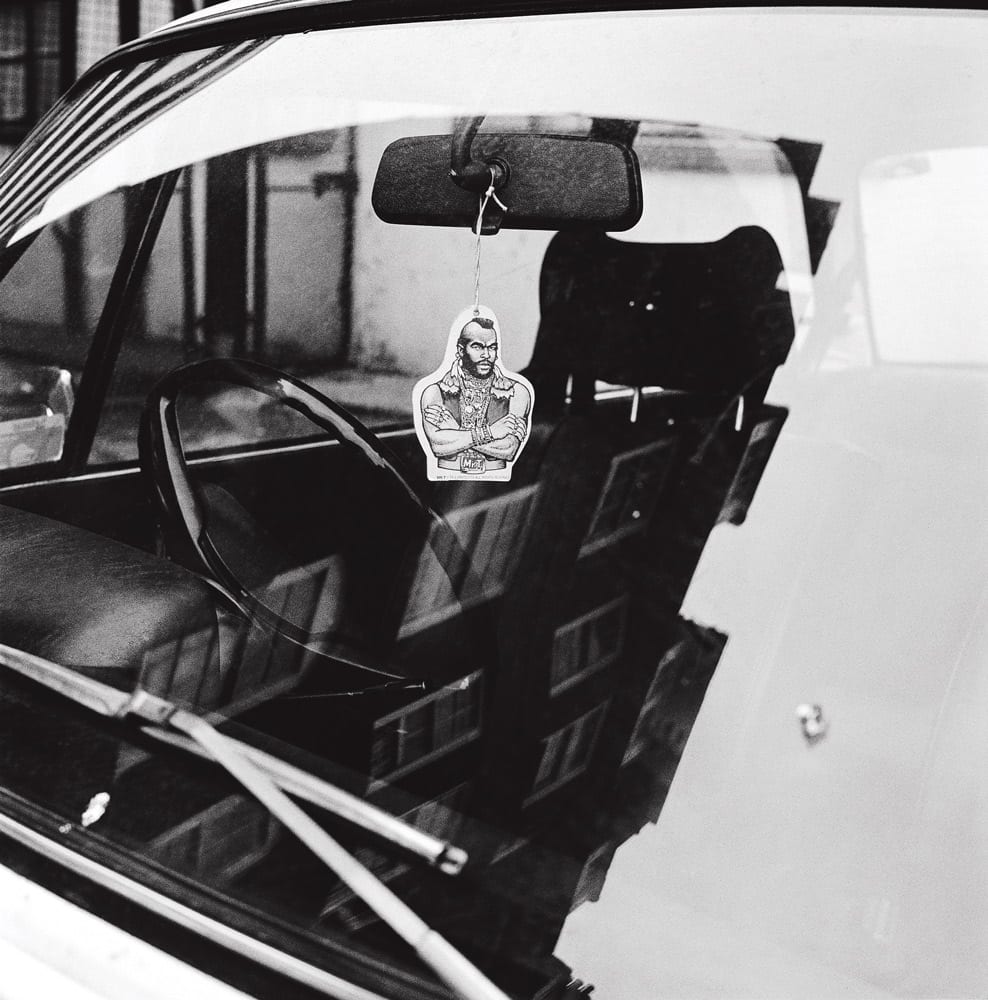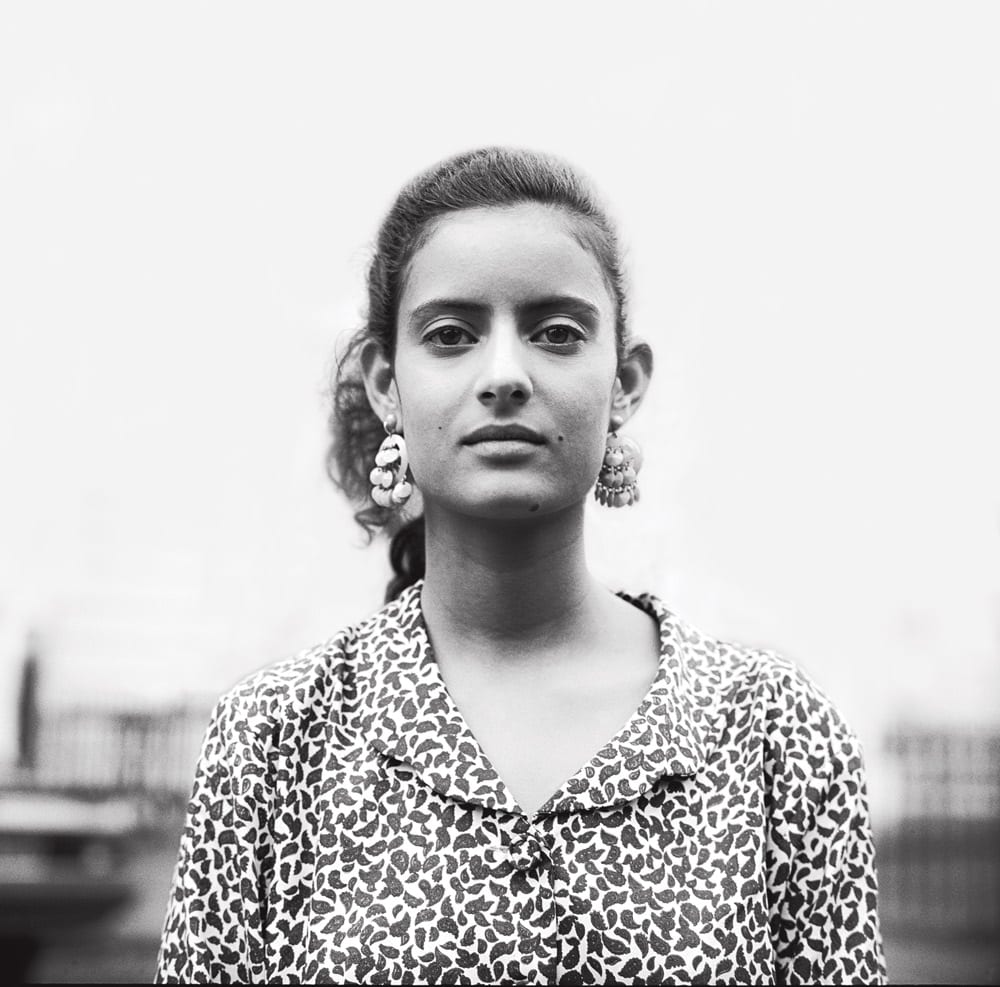Now known as a hip place to be, Dalston was then a cheap place to live ill-served by public transport. While living in the neighbourhood, Andrew Holligan shot the people he came across with a 1950s Rolleiflex, creating an archive of images which has now been published as a book.
BJP: Why did you move to Dalston?
AH: I moved there because a friend had offered me his flat while he was away. A lot of friends were moving to East London in the 80s because it was cheaper than elsewhere in central London. There were also a lot of empty commercial/light industrial buildings available for studios. I then spent a year in Australia, then moved back into a live/work space near London Fields, Hackney.
BJP: Had you known anything about it before?
AH: I had never been to Dalston before and knew nothing about the place, even though I had spent some of my childhood in Islington. I had been living in New York City for three years prior to moving to Dalston.
BJP: Were you working over the two years you were living in Dalston?
AH: I was doing some fashion and editorial photography but not enough to sustain myself. I would do building work to supplement my income.
BJP: How often did you take pictures for yourself there?
AH: I carried a camera around with me as much as possible – I have always taken photographs for myself, it is why I took up photography. Dalston in the 80s is the result of it.
BJP: Approximately how many images did you amass?
AH: I have never counted how many photos I took in Dalston. In comparison to today’s digital output, it was a very small amount, partly because of the expense, but more significantly because ‘street photography’ to me is about capturing a moment then moving on. I never spent time arranging or orchestrating a shot. Most of the images in the book are single shots. The editing was a collaboration with Hoxton Mini Press.
BJP: The images in Dalston in the 80s have some groupings eg sequences of muscle men, or of people on the bus. How did you structure the book?
AH: It is nearly chronological – the bulk of the images were taken between 1984-86, then a few were taken between 1987-89 when I returned from Australia. The sequencing, like the editing, was a collaboration with Hoxton Mini Press.
BJP: I really like the personal texts that run throughout the book – why did you include them?
AH: Martin Usborne at Hoxton Mini Press was very keen for me to write something personal as an alternative to a formal style of introduction, because my work had a more casual feel to it, like a journal.
BJP: How did the book project come about?
AH: I had heard about Hoxton Mini Press, and knew they were interested in anything ‘East London’, so I submitted my work and they liked it.
BJP: What do you think about Dalston now? Are you surprised to see how it’s turned out?
AH: I lived in Hackney until 2001 then moved out to live in the countryside with my family. I revisited Dalston when this Hoxton Mini Press project came about to see how it had changed, having heard a lot about the changing face of Dalston. Daytime Dalston didn’t seem that very different considering the media obsession with hipsters. I think cities are constantly in flux and it is just another example of change that can be looked upon in either a positive or a negative light.
Dalston in the 80s is published by Hoxton Mini Press, priced £14.95. Andrew Holligan






